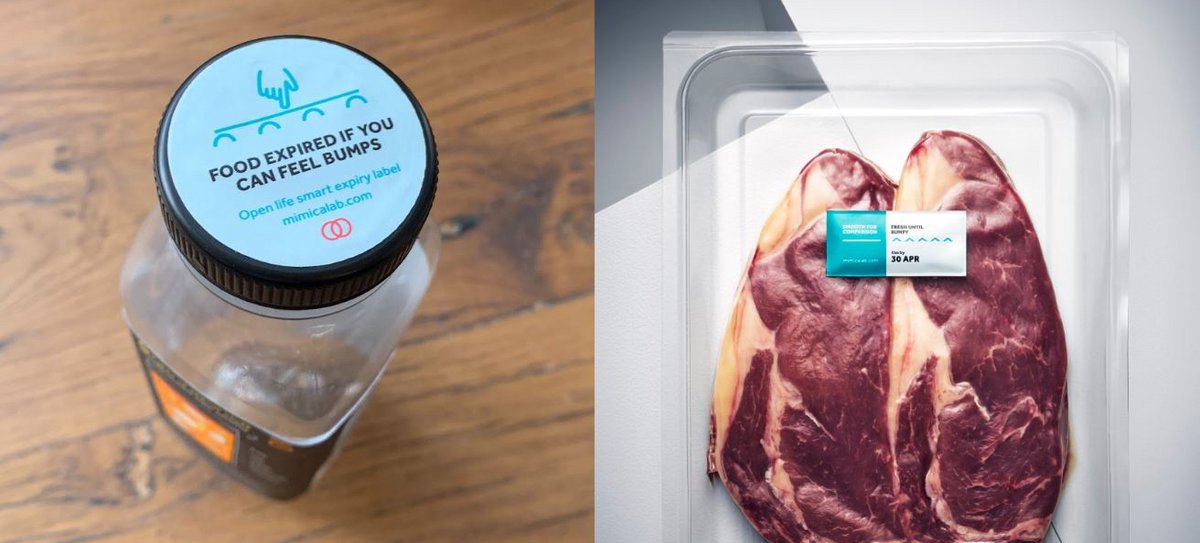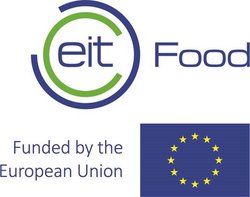Mimica

Food waste has significant consequences at environmental and societal level, with its reduction being selected as the 12.3 target by the SDG. Specifically, consumers are responsible for roughly half of the food wasted at global level because of reasons such as poor planning before shopping, overcooking and overpurchasing.
However, another important culprit of consumer-generated food waste is consumers’ tendency to waste food close to or past its expiration date because of concerns about food safety and food quality. Indeed, it is generally agreed that consumers often have a poor understanding and are unsure about the meaning of “sell by”, “best if use by” and “use by” labels, resulting in large volumes of safe food being wasted.
Against this backdrop, policy makers and companies are increasingly working on initiatives aimed at helping consumers make more informed choices that at the same would help curb food waste generated at the individual level. Among these, Mimica has developed a temperature-sensitive indicator for food freshness – i.e. Mimica Touch cap or flat label – that tells consumers when food is no longer good for consumption. The innovative indicator has the goal of helping consumers store the food at the right temperature and reducing food waste by lowering consumers’ reliance on the wasteful worst-case scenario expiry date.
In a new project funded by EIT Food, researchers from Aarhus University are working with Mimica and industry partners ABP Food and Fiorani, to develop universal compatibility of the flat label, with the goal of scaling up deployment to various food groups and packaging formats.
Professor Jessica Aschemann-Witzel and Postdoc Ada Maria Barone are representing the MAPP centre in the project, investigating consumers’ perceptions of the Mimica Touch label and how this can be integrated in consumers’ daily practices in relation to purchase, storage, use, and disposal of food. This will be done through online focus groups, video interviews, and online and lab experiments with UK consumers.


